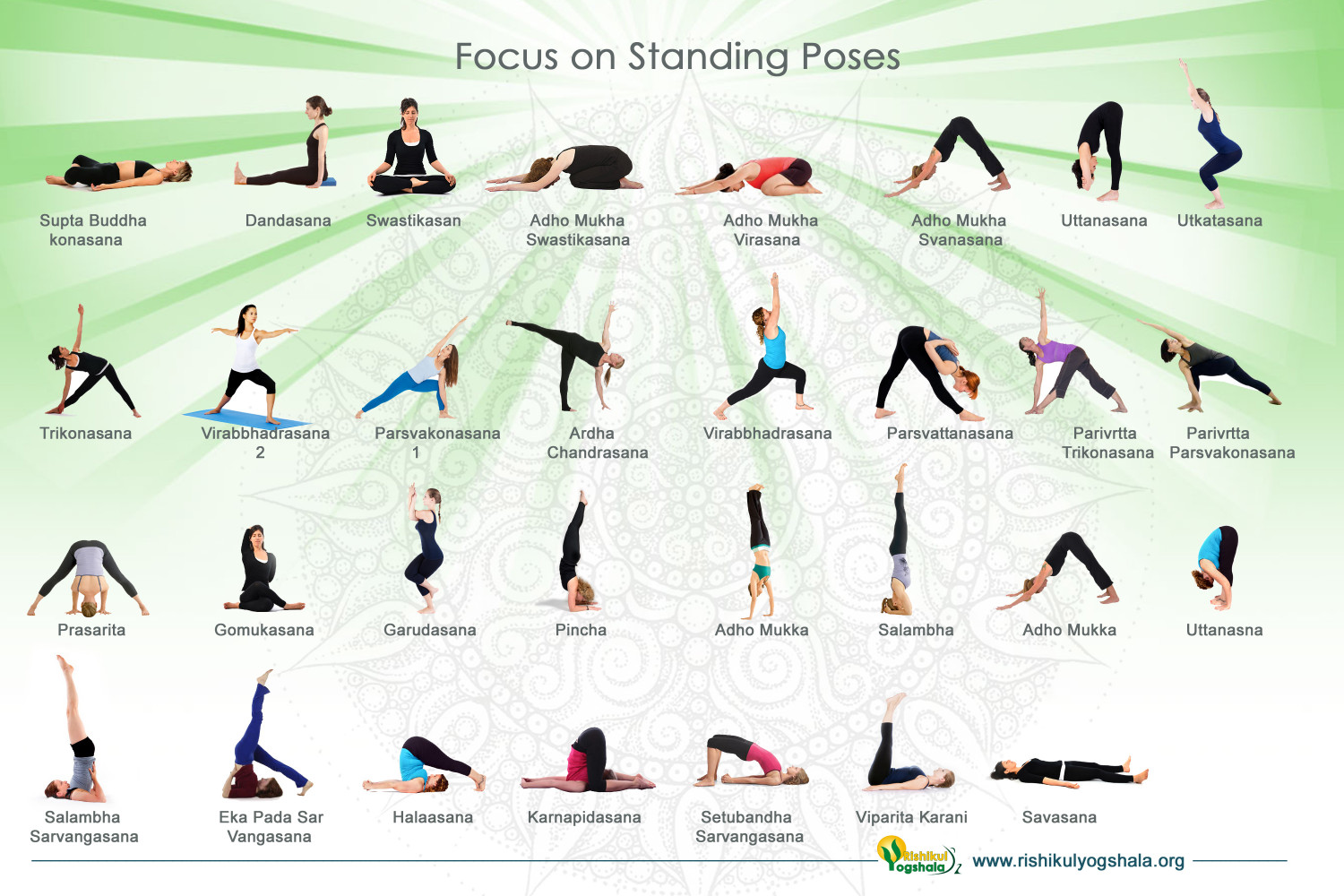
The Eight Limbs of Yoga were defined by the Sage Patanjali. Practicing each of these can lead to a heightened sense of health and spirituality. There are eight different branches of yoga. Asana refers to the physical postures. These exercises can be used to cleanse the mind as well as the body. Pranayama, or breathing to purify your chakras, is a practice.
Both concentration and meditation are examples of dhyana. Concentration and dhyana can seem very similar but they are quite different. Meditation is a different kind of meditation. Concentration requires one-pointed awareness, while meditation requires heightened awareness without focus. You must be able to practice dhyana with strength, patience, and stamina. The practitioner will be able to practice dhyana once they have attained this state.

Asana is the physical practice of concentrating. The second branch, Dhyana, involves deep meditation and active focus. Dhyana requires a calm mind. This can be difficult for beginners. Samadhi is the final limb of yoga. It is described as the experience or connection with a higher power.
Another way to increase the benefits of yoga is selfless service. It involves serving without expectation. This can be done for animals and people alike. This is a powerful method to transform your life and attain spiritual freedom. Yoga is a practice that encourages selflessness and serves all people. If you're serious about yoga, it will help to achieve a deeper feeling of peace.
Dhyana is yoga's eighth branch. This is the first branch. The second branch, samadhi or surrender, is the third. The fifth branch of yoga is pratyahara. All eight branches are connected and all of them are beneficial. Anybody can practice any of the eight yoga branches, regardless their experience. It is possible to be completely focused on your practice without any external aids.

The eight branches of yoga can be combined or performed separately. Some branches are interconnected, while others are specific to one body part. There are many benefits to practicing more than one type of yoga. You can find your way to Yoga through the eight branches of yoga. All of them have a common goal: enlightenment. Yoga can be done in many forms to help you attain a higher level.
Ashtanga, a type of classical yoga that is based upon the classification of Patanjali, is a form called Ashtanga. The eight branches of yoga are Hatha and Karma, Raja (Kriya), Kundalini, and Raja (Kriya). Each branch of yoga has a specific purpose. Karma is based upon service, while Bhakti is focused on love, dedication, and union. Jnana, which is a branch Hatha, is focused on knowledge.
FAQ
How can I improve my mental health?
Everybody needs to be healthy, especially if they are under stress at work, school or home. The best way to improve your mental health is to exercise regularly, eat healthy food, sleep well, and spend quality time with loved ones. Exercise releases endorphins, which can make us happier. Good nutrition is essential for a healthy body. Sleeping well gives us energy throughout the day. Finally, quality time spent with loved ones enhances our relationships as well as reduces stress.
Is mental health as important as work?
Working is stressful and mental health is crucial. You can relax if you are feeling stressed at work by going out with your friends, walking outside or listening to music.
Talking to your boss is a good idea if you have trouble relaxing. You may find solutions to your stress through them.
It is also important to take care of your health. Eat right, exercise, get enough sleep, and eat healthy.
Why is it important to improve your emotional health?
Emotional health is essential for happiness and well-being. Your ability to perform at your highest level is dependent on how emotionally healthy you are. People suffering from depression often feel unable or unwilling to work. They may also experience anxiety, panic attacks, insomnia, and other symptoms. These conditions can be successfully managed with medication and therapy.
How does one know if he/she has a mental illness?
A person may be diagnosed with a mental illness when they experience symptoms that interfere with their daily activities. Symptoms of mental illnesses vary from person to person. However, the most common symptoms include: feeling sad, anxious, angry, guilty, hopeless, lonely, depressed, confused, worthless, guilty, suicidal, etc.
A person could also be diagnosed with mental disorders if they meet the following criteria:
-
Disturbed thoughts or feelings
-
Disturbed behavior
-
Disturbance in functioning
-
A decrease in ability to relate with others
How does mental illness affect our daily lives and daily activities?
At some point in our lives, everyone is susceptible to mental illness. There is one major difference between people with mental illness and those without it: they don't seek out help. Talk to someone if something feels wrong. There are many options for dealing with anxiety, depression, stress, such as medication, therapy, exercise, diet and meditation.
Statistics
- It does have some influence, but not nearly as much as we might think, so focusing less on attaining wealth will likely make you happier (Aknin, Norton, & Dunn, 2009); (positivepsychology.com)
- Neuropsychiatric diseases are the leading cause of death and disability in the U.S., accounting for 18.7 percent of all years of potential lifespan loss and premature mortality.
- More than 50% will be diagnosed with a mental illness or disorder at some point in their lifetime.3 (cdc.gov)
- More than 40 million adults in the United States have an anxiety disorder, but less than 37% of people seek mental health treatment for their symptoms. (talkspace.com)
- Similarly, for positive mental health, there is likely to be substantial agreement about some typical components (e.g., resilience to stress) 6, and controversy about more atypical components (e.g., career consolidation). (ncbi.nlm.nih.gov)
External Links
How To
How to manage stress
Stress is normal. We need to learn how to relieve stress. Stress can affect all aspects of your lives. Stress can lead to physical problems like headaches, neck pain and back pain, as well as stomach aches, constipation. You may even develop ulcers if you're under chronic stress.
There are many options to reduce stress. Exercise helps you release endorphins, which make you happy, relaxed, and calm. Meditation reduces stress levels by helping you slow down and take deep breaths. Yoga is another way to reduce stress levels and improve your overall health.
The most effective way to manage stress is to learn how to control it and eliminate it altogether. Ask someone who knows what to do if you are unsure.